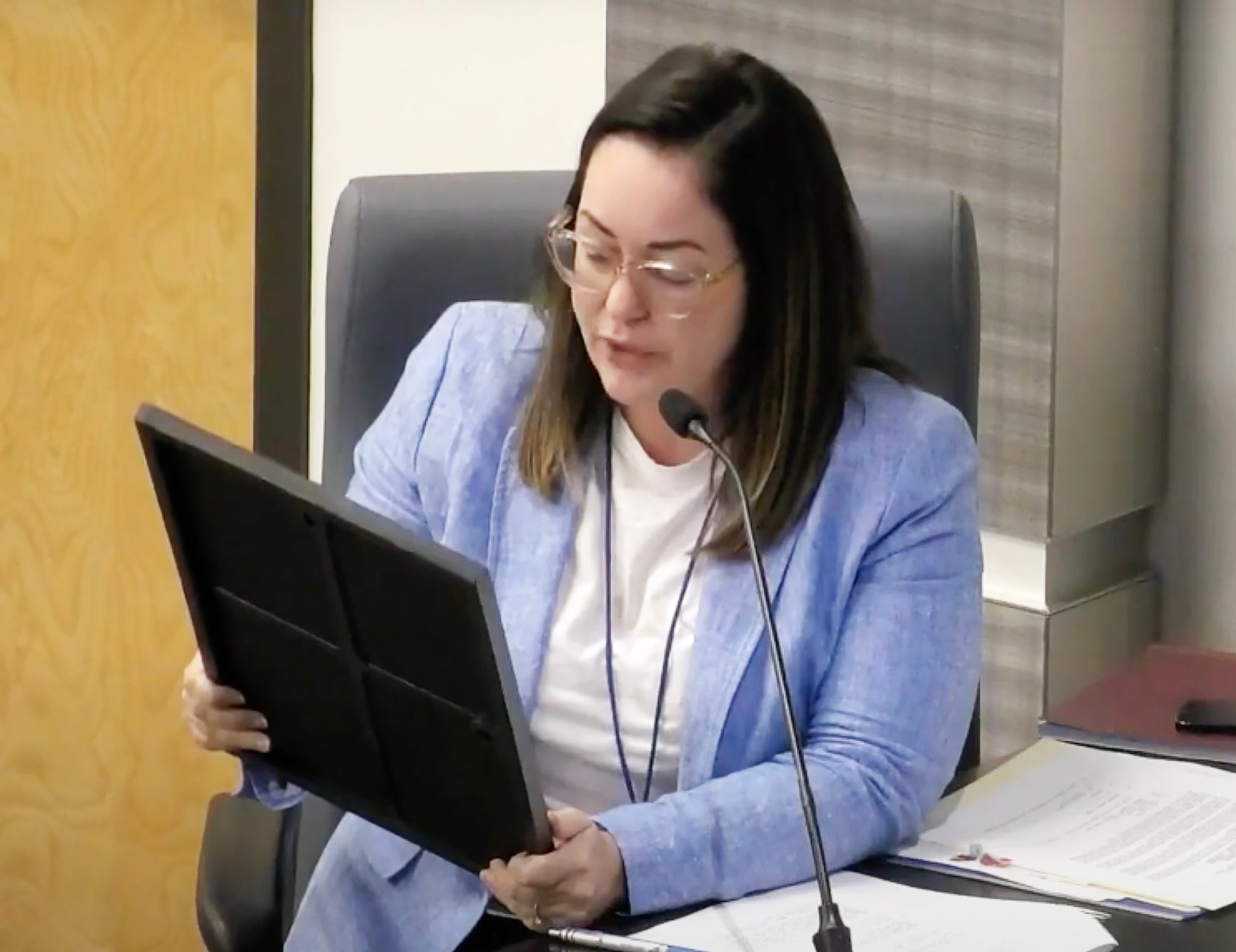FEMA parks not like home
Published 12:00 am Wednesday, July 19, 2006
By LEONARD GRAY
Managing Editor
RESERVE — They stand, row upon row of stark white blocks, without color or character, unlike the neighborhoods like Mereux in St. Bernard Parish they represent.
Inside the FEMA trailer parks in St. John the Baptist Parish are people, washed up from the ravages of Hurricane Katrina. Nearly a year after the storm, they are still the dispossessed. Late at night, they still cry.
In Reserve, Kathy Parson and her mother, Celsa, occupy a trailer on the Lionel Bailey tract near West 18th Street, behind the first set of tracks from River Road. She’s waiting for the return of her 11-year-old son from a visit to her 20-year-old son in Tennessee so he can begin school next month.
The television is playing a soap opera, but the troubles faced by the fictional characters cannot rival the catastrophe in their upended lives.
“I lost my house, lost everything,” Kathy remembered. “I was this close to staying but my sister called and said for us to leave. If we hadn’t we’d have drowned.”
Their home was only a five-minute walk from the Murphy Oil refinery, where their own ecological disaster sent oil throughout the area. However, when they were able to return to see the devastation, they were crushed at what they saw.
”I could not even go in my house,” Celsa Parson said. “It’s so sad.”
Their journey took them from Mereux to Brookhaven, Miss., and eventually to Knoxville, Tenn., where they stayed with a cousin and 15 other relatives at the height of the storm. Eventually, her 11-year-old son attended school in Tennessee, but the honor roll student’s grades suffered.
The little family was able to move into their FEMA trailer in May, and from there, they still go to St. Bernard to try and clean up and cut the grass occasionally. “The church took everything out of the house,” she said. Like nearly everyone fleeing Katrina, they only took enough clothing for two or three days.
In Reserve, at the 40-unit trailer park, it is mostly quiet. A train passes through every few hours in the middle of the night, keeping their sleep restless.
They have no telephone, and wish there were a pay telephone at the trailer park. They buy their groceries at Wal-mart and pick up their mail at a mailbox close to their trailer. But it’s not home.
There’s a computer in the living room, but no Internet access. Lifelong friends and neighbors are scattered across America. A bus stop is at the front gate of the trailer park, to link residents to the LA Swift commuter bus system, but the Parsons don’t use it, unfamiliar with how it works.
“It seems like it’s going to be a long time before they’ll rebuild,” Kathy said of St. Bernard Parish. “We want to go back, but it looks like it’s going to take years.”
What does she want most from whoever is in charge of recovery? “I want houses down there. I want a neighborhood back.”
In Edgard, where an 80-unit trailer park sits on the Alvin Perret tract, conditions are more severe. There, guards sit at the gates of the fenced-off property and only residents are permitted. Visitors are not welcome, so information is not available.
Similarly, there are no telephones, but security provided by Comprehensive Security Services, is stepped up as compared to the Reserve site. At the Reserve FEMA park, the property is fenced off, but there is no visible security, visitors come and go, and the gates remain open all night.
Nevertheless, there has been no trouble of a criminal nature at either park, according to Maj. Michael Tregre of the St. John Parish Sheriff’s Office.
Sheriff Wayne L. Jones toured both facilities in March and pronounced his approval of the arrangements. “There’s been no problem as of yet,” Tregre affirmed.
Meanwhile, like the Parsons, the residents in the FEMA trailer parks sit and wait and wonder about their future in St. John the Baptist Parish.





